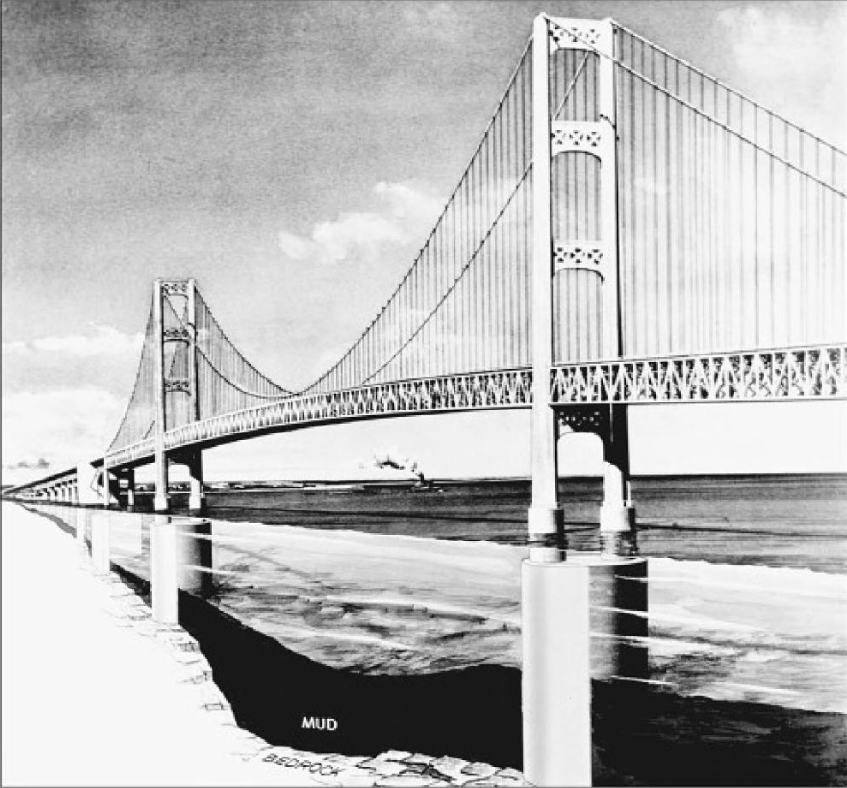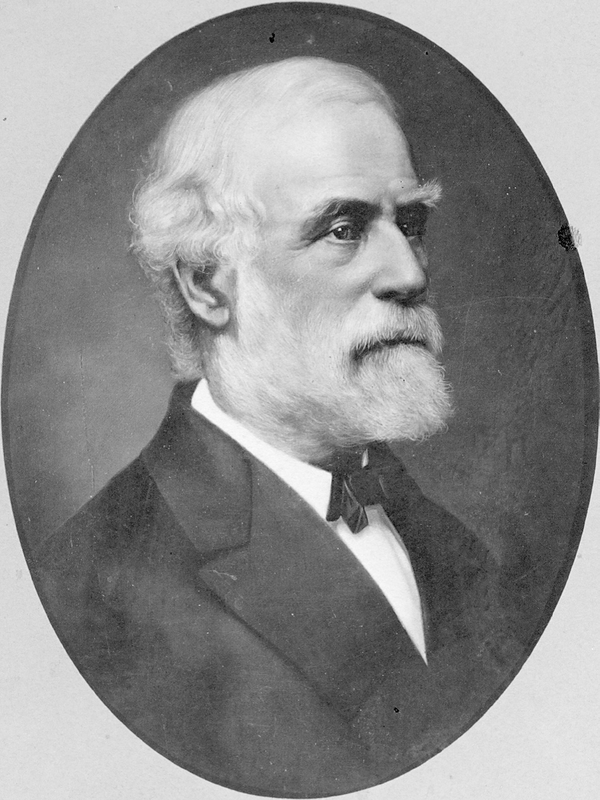It is the duty of state and local historical societies to preserve, research, interpret, and share a region’s history. At their core, these groups ensure that future generations understand their heritage and pass it along even further down the line.
Here’s our list of some of the leading historical societies in America, which help to inform and educate the public on an area’s past. For a great list of even more historical societies, visit the affiliated societies section from the American Historical Association.
The Colonial Williamsburg Foundation
Colonial Williamsburg is one of the best examples of 18th-century life existing in America today. The private Colonial Williamsburg Foundation runs the living-history museum, carefully curated with artifacts, images, and maps.
Founded by philanthropist John D. Rockefeller, Jr. in 1926, its mission continues to be “a center for history and citizenship, encouraging national and international audiences to learn from the past through preservation, restoration, and presentation.”
The Maine Historical Society
Maine is a popular historical destination, from the 115-year-old Wadsworth-Longfellow House — Maine’s first house museum open to the public — to famous architecture firms that carved out stunning examples of Victorian and coastal architecture. This historical society helps to preserve the state’s history through the Brown Research Library, which includes books, manuscripts, maps, photographs, and other documents that tell the story of the Pine Tree State.
The Preservation Society of Charleston
Maybe we’re a little biased (Charleston’s our hometown, after all), but we think this society does some of the most impressive work out of all the country’s historical preservation organizations. This group’s mission is “to serve as a strong advocacy leader for citizens concerned about preserving Charleston’s distinctive character,” or to put it simply: to keep Charleston real.
As you can imagine, a big part of this group’s funds goes towards architectural preservation. Their Seven to Save List includes some of the most vulnerable historical and cultural resources in Charleston.
The Western Reserve Historical Society
The Northeast Ohio area known as The Western Reserve gets its name from a region that was originally known as the Connecticut Western Reserve, land that Connecticut claimed in 1786, sparking the great Westward expansion. This Cleveland-based society is the city’s oldest existing cultural institution, and now funds and operates Hale Farm & Village, a historical site preserved to depict life on the Western Reserve in 1810. It also runs a research library and other historical sites throughout the region.
The Thomas Jefferson Foundation
This is the organization that runs, operates, and preserves one of the country’s most valuable historical assets. The Thomas Jefferson Foundation funds Monticello, the plantation of Thomas Jefferson.
Also a World Heritage Site, it stands as a historic house and plantation for visitors, offering educational programs through a museum, research institute, presidential library, and non-profit organization. Its major restoration projects include restoring the property to its original condition and funding the Jefferson Library.
The New-York Historical Society
What makes the New York Historical Society so special is that it runs its very own museum and library at 170 Central Park West in Manhattan. The society created the museum in 1804, which makes it New York’s first museum.
This group supports ongoing exhibitions on the history, art, and culture of the city, and has one of the most impressive museum and library collections in the country. In November of 2011, the society unveiled a children’s museum.
The Massachusetts Historical Society
There are few states in the nation with quite as many significant historical sites as Massachusetts. From Plymouth Rock to the Paul Revere House in Boston, this society has plenty of important preservation projects on the roster.
Located on Boylston Street in Boston within a landmark building recognized on the National Register of Historic Places, this society is the oldest historical society in the United States, established in 1791. Today, the building is open to the public and allows visitors the unique opportunity to explore its collections, see exhibitions, and listen to public lectures.
The Georgia Historical Society
Founded in 1839, the Georgia Historical Society is one of the South’s oldest and most significant historical groups. In fact, it’s the oldest continuously operated historical society in the South. The organization runs a research center for local historians, history buffs, and archivists, which contains more than 4 million manuscripts, 100,000 photographs, 30,000 architectural drawings, and 15,000 rare and non-rare books. It also houses thousands of maps, portraits, and artifacts. The society also puts out The Georgia Historical Quarterly, one of the premier state historical journals in the country.




